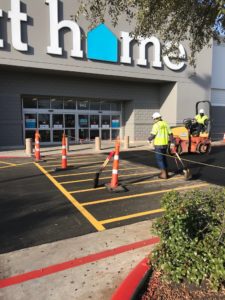 Modern communities rely on a variety of utilities to provide the safety, amenities, and convenience that residents and businesses need. Everything from power lines to sewers can lie buried underneath pavements, vegetation and curbs. Asphalt contractors must be keenly aware of the location of all visible and hidden utilities in the work zone. They must also know how to handle these utilities properly. For example, when building a road, contractors raise the utilities before they install the asphalt, then they lower them to their proper position. To help them keep track of the type of utility and its location, contractors use different colors of paint to mark underground utilities.
Modern communities rely on a variety of utilities to provide the safety, amenities, and convenience that residents and businesses need. Everything from power lines to sewers can lie buried underneath pavements, vegetation and curbs. Asphalt contractors must be keenly aware of the location of all visible and hidden utilities in the work zone. They must also know how to handle these utilities properly. For example, when building a road, contractors raise the utilities before they install the asphalt, then they lower them to their proper position. To help them keep track of the type of utility and its location, contractors use different colors of paint to mark underground utilities.
What Do the Markings for Underground Utilities Mean? — Asphalt Contractors
The American Public Works Association developed a standardized color-coded system for marking underground utilities.
• Yellow: Yellow markings denote pipes that carry flammable or gaseous materials, including oil, petroleum, steam and natural gas.
• Red: Red markings indicate buried electrical power lines, lighting cables, conduits, and similar utilities.
• Green: Green is used to mark drain lines and sewers.
• Orange: Orange markings are used for telecommunication utilities, including cable television, internet and alarms.
• Purple: Purple signifies that the pipes carry reclaimed irrigation water, storm runoff or slurry.
• Blue: Blue markings indicate pipelines carrying potable water.
• White: A paving company may use white to outline the excavation site or route.
Are There Regulations Contractors Must Follow When Marking Underground Utilities?
Texas law requires anyone planning to use mechanical equipment to excavate 16 inches or more to call a minimum of 48 hours prior to commencing work. The 48-hour window does not include weekends and holidays. The law does not apply to cemeteries, in emergencies and for a handful of other enterprises and situations, including excavations that only involve the use of hand tools.
Even after a notification center dispatches utility locators to mark the lines, it is still the contractor’s responsibility to ensure that his crew members avoid underground utility lines. Although the law does not specify a tolerance, most contractors prefer to leave about 18 feet on each side of a marked utility as a safety zone. They may use hand tools within this zone or require crew members to take additional steps to ensure that they do not damage hidden utilities.
It is also the contractor’s responsibility to make sure that utility markings are visible for the duration of the job. On an extensive project, the paving contractor may need to refresh the markings. Furthermore, if there is any deviation in the route or excavation area, the contractor may need to open a new ticket with the notification center.
Contact the Paving Contractor Austin TX Customers Trust
Alpha Paving offers a full range of asphalt and concrete services to customers in Austin and most parts of Central Texas. We are a well-respected, trusted paving company with an exemplary reputation for quality work, superior customer service, professionalism and competitive prices. Our services include asphalt repairs, road construction, asphalt paving, street maintenance, asphalt milling, concrete installation, concrete repairs, asphalt sealing, parking lot striping and pavement markings, speed bump installations, parking lot maintenance, thermoplastic line striping, and parking lot signs. Our customers include health care facilities, airports, subdivisions, municipalities and counties, apartment complexes, shopping centers, retail stores, warehouses, property management firms, colleges and universities, restaurants, office parks, hotels, industrial facilities, and churches. Whether you need an asphalt overlay for your parking lot, new streets for your planned community, or any other pavement-related service, we can help. You can submit the online request form or call 512-677-9001 for a free quote.




